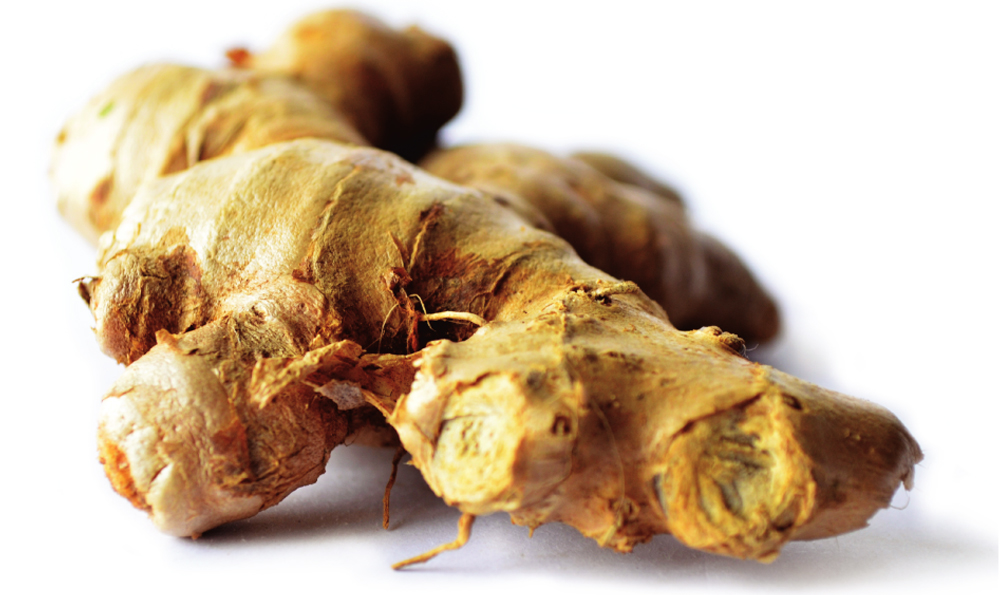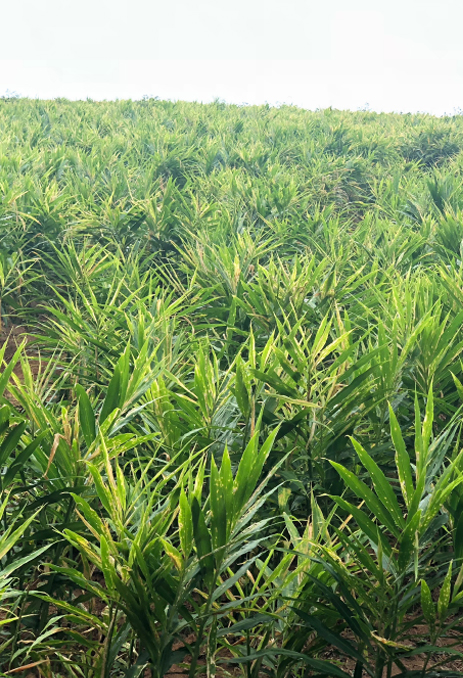
|
DESCRIPTION OF THE FRUIT
Ginger, as used, is a fleshy, gnarled, beige-colored, rhizome or underground tuber. It has a thin skin and inside it is a color that varies between pale yellow or more pronounced. Juicy and aromatic, it has a fresh note of wood and a sweet, spicy and slightly bitter background. |
|
ORIGIN
ITS SCIENTIFIC NAME IS ZINGIBER OFFICINALE, AND BELONGS TO THE ZINGIBERACEAE FAMILY. It appears thousands of years ago in the tropical areas of India and China. Get to ancient Greece and Rome on the ships of the Phoenician merchants. During the Middle Ages it spread throughout Europe and the world. Peruvian organic ginger, developed in the jungle eyebrow in the department of Junín, is organoleptically superior to those grown industrially in other countries, it has a more intense flavor, color and itchiness that make it stand out. According to BOX UK, in 2016 Peruvian exports of organic ginger grew 8% and took us to second place with 41% of world production. |
.jpg)
|

|
VITAMINS, MINERALS, AND NUTRIENTS
JENGIBRE Every 100 grams of fresh ginger, contains:
VALUE ENERGY
Approximately 80 kilocalories
CARBOHYDRATES
Contains 17.8 g of carbohydrates
• 2 g of fiber • 1.70 g of sugar VITAMINS
• Vitamin C: 5,0 mg
• Vitamin B9: 11 µg MINERALS
• Calcium: 10 mg
• Magnesium: 43 mg • Phosphorus: 34 mg • Potassium: 415 mg • Sodium: 13 mg todoalimentos.org/raiz-de-jengibre-crudo |
HEALTH BENEFITS
|

|